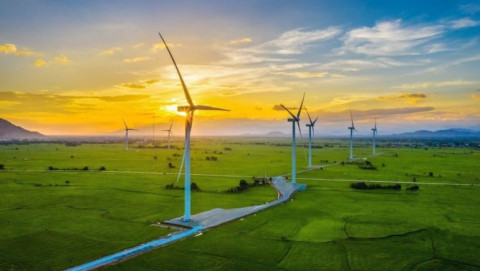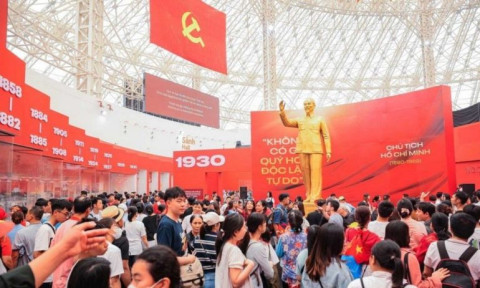Practical application of carbon credits in the economy. Part III: The issuance and trading process of carbon credits
- 169
- Socially Responsible Enterprise
- 11:20 18/06/2024
DNHN - In the battle against climate change, carbon credits serve as a tool to mitigate emissions and create a balance between pollution and environmental protection. The issuance and trading of carbon credits are crucial processes.

Condition for carbon trading in the market
To facilitate the trading of carbon credits in the market, regulatory authorities have developed mechanisms to encourage organizations and individuals to participate in greenhouse gas (GHG) emission reduction activities. The Ministry of Natural Resources and Environment (MONRE) is the main regulatory body for carbon credits in Vietnam, responsible for developing and issuing regulations related to carbon credits. Additionally, MONRE oversees the implementation of carbon credit exchanges and offsets, as well as managing carbon credit trading platforms.
The regulations on carbon credits in Vietnam are outlined in legal documents such as the Law on Environmental Protection 2020, Decree No. 06/2022/ND-CP on greenhouse gas emission reduction and ozone layer protection, and Circular No. 01/2022/TT-BTNMT guiding the implementation of Decree No. 06/2022/ND-CP. These highlight Vietnam's commitment to reducing emissions and protecting the environment through financial instruments like carbon credits.
The process starts with identifying projects capable of reducing emissions and providing environmental benefits. These projects can include renewable energy, forest management, waste treatment, or other industrial activities. The project's potential to reduce emissions is assessed and certified by an independent verification organization.
After certification, carbon credits are issued to the investor or project owner. Each carbon credit typically represents one ton of reduced CO2 emissions. This issuance process ensures that emission reduction projects receive financial value for their efforts.
Carbon credits can be issued by a certifying organization or through carbon financial trading platforms. This issuance process allows carbon credits to be converted into a tradable financial unit in the market.
Carbon credits can be bought and sold in the carbon market. Businesses or organizations can purchase carbon credits to offset their emissions or achieve GHG reduction targets. The carbon market provides a platform for trading these credits, where their value is determined by the balance of supply and demand.
The issuance and trading of carbon credits are strictly regulated and monitored to ensure transparency, fairness, and reliability. Certifying organizations and national regulatory bodies are responsible for verifying and ensuring that carbon projects comply with regulations and international standards.
In addition, the process of issuing, distributing, and trading carbon credits has significantly contributed to encouraging emissions reduction and promoting sustainable development. It incentivizes environmentally friendly projects and activities while also creating business opportunities in the carbon finance sector.
However, this process requires strict supervision and management to ensure transparency and efficiency. Certification organizations and regulatory agencies play a crucial role in evaluating and certifying carbon projects, ensuring that international regulations and standards are adhered to.
Regulations for recording and verifying carbon credits in Vietnam
Vietnam, one of the countries heavily affected by climate change, has set clear targets and commitments to reduce carbon emissions to address this challenge.
Vietnam aims to achieve net-zero emissions by 2050 and has set specific targets to reduce GHG emissions by 27% compared to business-as-usual scenarios by 2030 and by 45% if there is international support in finance and technology.
To achieve these targets, Vietnam has implemented various solutions, including developing a carbon credit market. This market is viewed as an important economic mechanism to encourage organizations and businesses to reduce GHG emissions.
In Vietnam, the carbon credit market is currently in a pilot phase, with successful piloting expected by 2025 and official operations starting in 2028.
The development of the carbon credit market not only helps reduce carbon emissions but also contributes to climate change mitigation. It also provides opportunities for organizations and businesses to reduce emission costs, enhance competitiveness, and promote sustainable development.
The process of recording and verifying carbon credits generally follows four main steps. The first step is to assess the potential for generating carbon credits, including the type of project, scale, and projected GHG reductions. The next step involves measuring and reporting GHG emissions, followed by verifying the authenticity of the collected data. Finally, carbon credits are certified by issuing certificates for the project.
To ensure the accuracy and consistency of measurements, greenhouse gas emissions are typically measured according to established standards and methods. In Vietnam, Circular No. 17/2022/TT-BTNMT stipulates the techniques for measuring, reporting, and verifying greenhouse gas emission reductions and conducting greenhouse gas inventories in the waste management sector. This circular details the carbon measurement standards and methods for various sectors, including handicrafts and agricultural production, waste treatment and recycling, energy, transportation, industry, construction, and natural resources. The recording and verification of carbon credits are crucial processes to ensure quality and compliance with legal regulations and international standards.
Therefore, by purchasing carbon credits from projects that reduce greenhouse gas emissions, businesses not only help protect the environment but also compensate for the emissions they generate. These emission reduction projects can include reforestation, using renewable energy, improving energy efficiency, and minimizing waste.
By using carbon credits for offsetting, businesses can avoid fines for exceeding greenhouse gas emission limits. This not only promotes environmental protection but also positively influences their business practices.
Nghe Nhan
Related news
#environmental protection
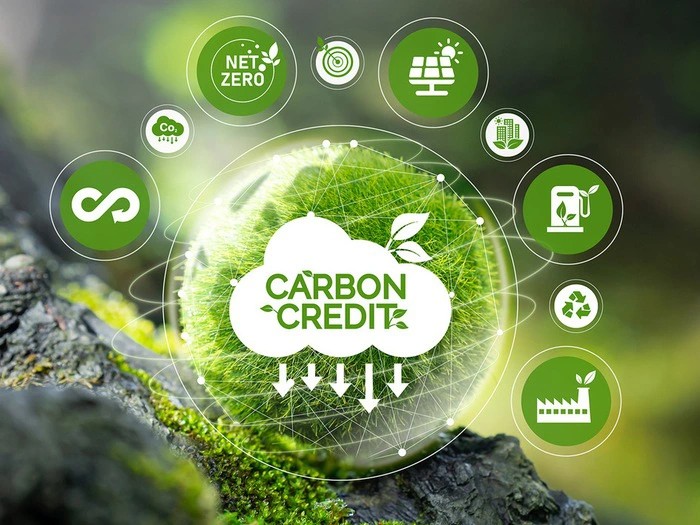
Reducing greenhouse gas emissions and carbon market development to fulfill COP 26 commitments
Vietnam aims to reduce greenhouse gas (GHG) emissions and develop a carbon market, aligning with its COP 26 commitments. This requires close coordination and comprehensive solutions from all sectors and communities.

What can be learned from VinFast's success after becoming the best-selling car brand in Vietnam?
VinFast's market-leading sales in Vietnam in September marked a major turning point, as a domestic electric vehicle brand outpaced international competitors.
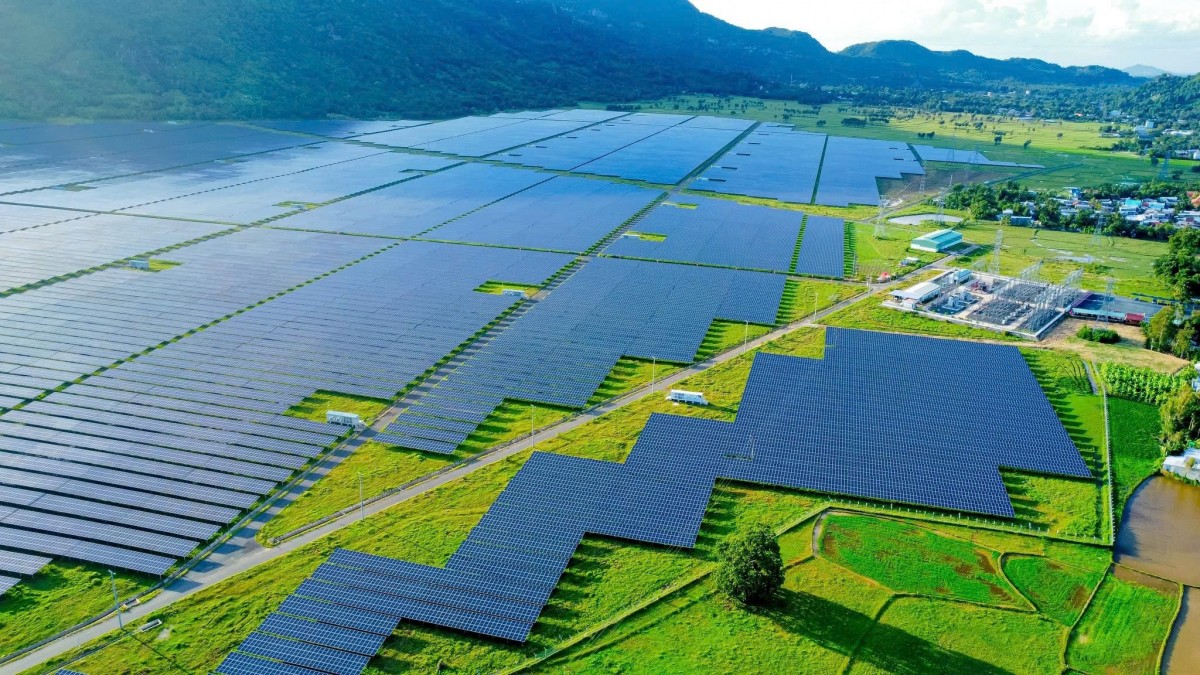
Nurturing life for the future with clean energy
Vietnam has just endured Typhoon No. 3, leaving behind a trail of destruction and loss that makes us all feel small against Mother Nature. It is time for a change, time to nurture and protect our living environment.

Practical applications of carbon credits in the economy. Part XXI:Carboncor Asphalt - An effective solution for Vietnam to achieve net zero emissions
Vietnam is actively implementing green construction solutions to achieve the goal of net zero emissions by 2050. These solutions reduce greenhouse gas emissions and support sustainable development in the construction industry.
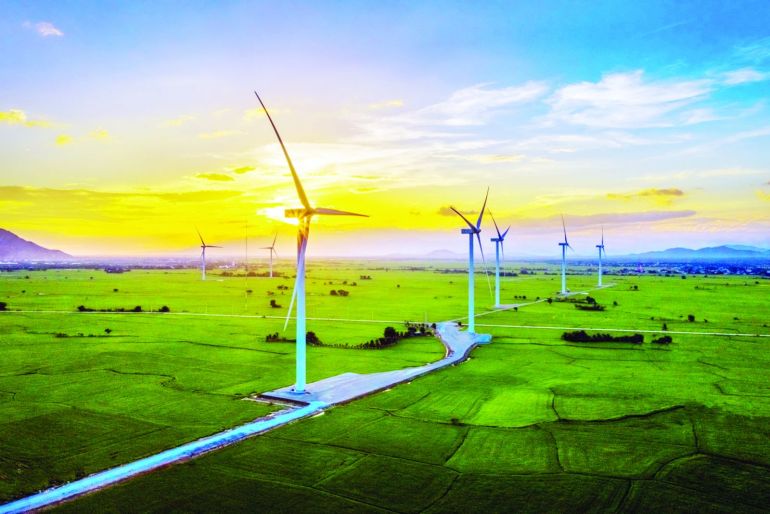
Practical applications of carbon credits in the economy. Part XI: Bridging policy and strategy for the carbon credit market
To develop the carbon credit market, the Government and businesses must improve cooperation and communication. The Government needs to provide clear policies, while businesses must adopt emission reduction strategies and leverage carbon credits.

Yen Bai: Implementing the plan to manage and eliminate ozone-depleting substances and greenhouse gases
The People's Committee of Yen Bai province has just issued document No. 3005/UBND-TNMT on the implementation of the National Plan for the management and elimination of ozone-depleting substances and controlled greenhouse gases.
Đọc thêm Socially Responsible Enterprise
When artists do business – livelihood is no poetry!
A series of indictments, arrests, and bankruptcies among artists has sounded a serious alarm.
Hanoi’s economy grows 7.92% in first nine months of 2025, FDI surges nearly threefold
Hanoi maintained robust growth momentum in the first nine months of 2025 with GRDP up 7.92% year-on-year, driven by strong services and construction sectors.
Vietnam’s strong gdp growth fails to ease labor market distress
As the year draws to a close, the pressing challenge for businesses and policymakers is how to rebuild worker morale, retain top talent, and stabilize employment amid lingering uncertainty.
Vietnam ramps up efforts to lift EU “Yellow Card” on Illegal fishing
Prime Minister Pham Minh Chinh has called for intensified and coordinated efforts to have the European Commission’s “yellow card” on Vietnam’s fisheries removed within this year.
Quang Tri calls for investment in wind power plant project worth over VND 1,100 billion
The People’s Committee of Quang Tri Province has officially announced the Hưng Bắc Wind Power Plant Project as part of its investment invitation portfolio.
Hanoi receives two million visitors during the four-day National Day holidays
From August 30 to September 2, Hanoi received around 2.08 million visitors during the four-day National Day holidays , three times higher than the figure in the same period last year, the municipal Department of Tourism reported.
Ca Mau gradually makes its mark on the national tourism map
By 2025, Ca Mau aims to attract 8.4 million visitors and achieve a total revenue exceeding 8,585 billion VND, contributing to the province's double-digit growth target.
UNDP Resident Representative hails Vietnam as an emerging economic powerhouse
Millions of people have been lifted out of poverty, hunger has been eliminated, and the economy has maintained consistent growth rates of over 6 per cent, UNDP Resident Representative in Vietnam Ramla Khalidi remarks.
Alpha Books Chairman Nguyen Canh Binh: The survival weapons of Vietnamese entrepreneurs in the age of AI.
Alpha Books Chairman Nguyen Canh Binh shares three essential lessons to ensure the survival and growth of Vietnamese entrepreneurs in the digital age: creativity, connection, and collective intelligence.
Mr. Le Viet Thang, CEO of 1Office: "Don’t use old solutions for new ai challenges"
As artificial intelligence (AI) reshapes the global technology landscape, Vietnam is taking decisive steps to establish a National AI Research and Development Center, alongside the National Data Center.






